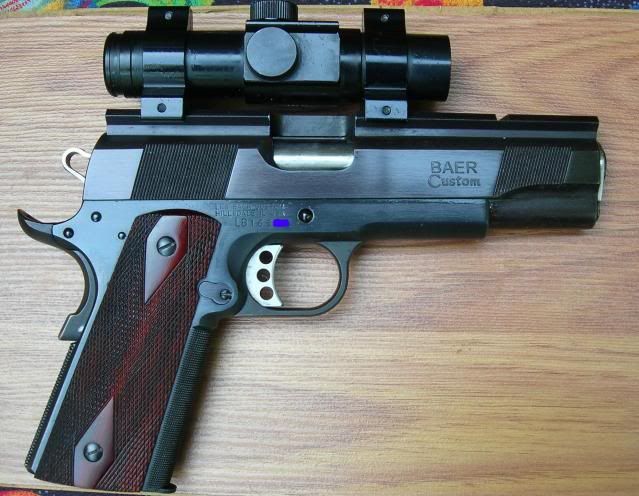The NRA and ICORE have revolver matches. You just have to go looking for them.
Regarding loads, most handgun barrels, including on the 25-2's are too short to benefit from charge tuning in the same way a rifle does. So you can shoot any of the suggested charges as long as they are consistent.
Your revolver, like any revolver, will shoot better if all the chambers in the cylinder have the same throat diameters. It's common for them not to, and reaming them uniform is a standard revolver accuracy tuning step.
Your revolver will shoot more accurately if the cylinder latch (aka, bolt) timing is perfect, meaning the cylinder stops and latch engages and stops the cylinder with it perfectly lined up with the back of the barrel. Correcting timing is another revolver smith standard accuracy work component.
Your revolver will shoot more accurately if the bore is smooth and there is no constriction where it screws into the frame. It will then lead less. A constriction can be lapped out, but if the bore is smooth, even with a constriction, it will shoot softer bullets well if you give them enough pressure to bump up after passing through the constriction. So the very lightest loads aren't always best.
I always had better luck with 3.8 grains of Bullseye than with 3.5 shooting cast bullets in the revolver. Maybe it's the barrel/cylinder gap. With commercial 185 grain JSWC's, 4.2 grains of Bullseye mimic's commercial match ammunition. But I don't find the 185's shoot as well as the 200's. I keep the powder charge at 4.2 for the 200's to get best accuracy, but it's hard to tell from 4.0 grains.
Use a
roll crimp in the revolver. The case mouths won't last as long, but the more consistent start pressure does show up as improved accuracy.
A full moon clip should theoretically subject the cartridges to more identical hold, round-to round, but I can't tell any difference in grouping. Handling performance is another matter. At the range, a full moon clip is quicker to reload, for the obvious reason. It also makes it easier to pre-load just 5 rounds per clip, as is standard for bull's-eye targets, whereas, with half moons you have to find a three-round and a two-round clip to get ready for the next turn of the target. The downside is that all the full moon clips I've tried have been harder to load because a half moon can splay a little more. I expect that's why half moon clips were invented in the first place; easier on fingers when you don't have a loading tool. Perhaps today's full moon clips are better, but I haven't bought any clips in over 25 years, so I don't really know.




